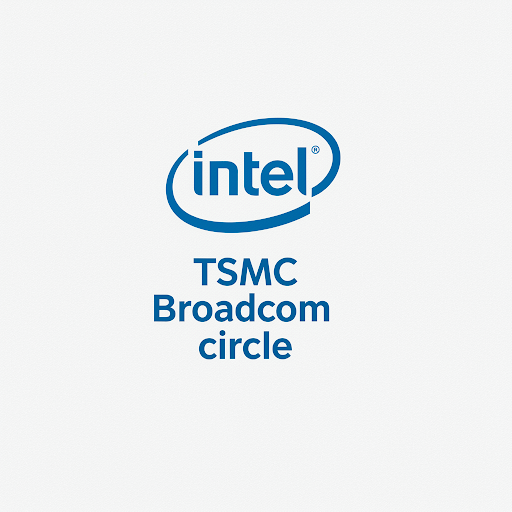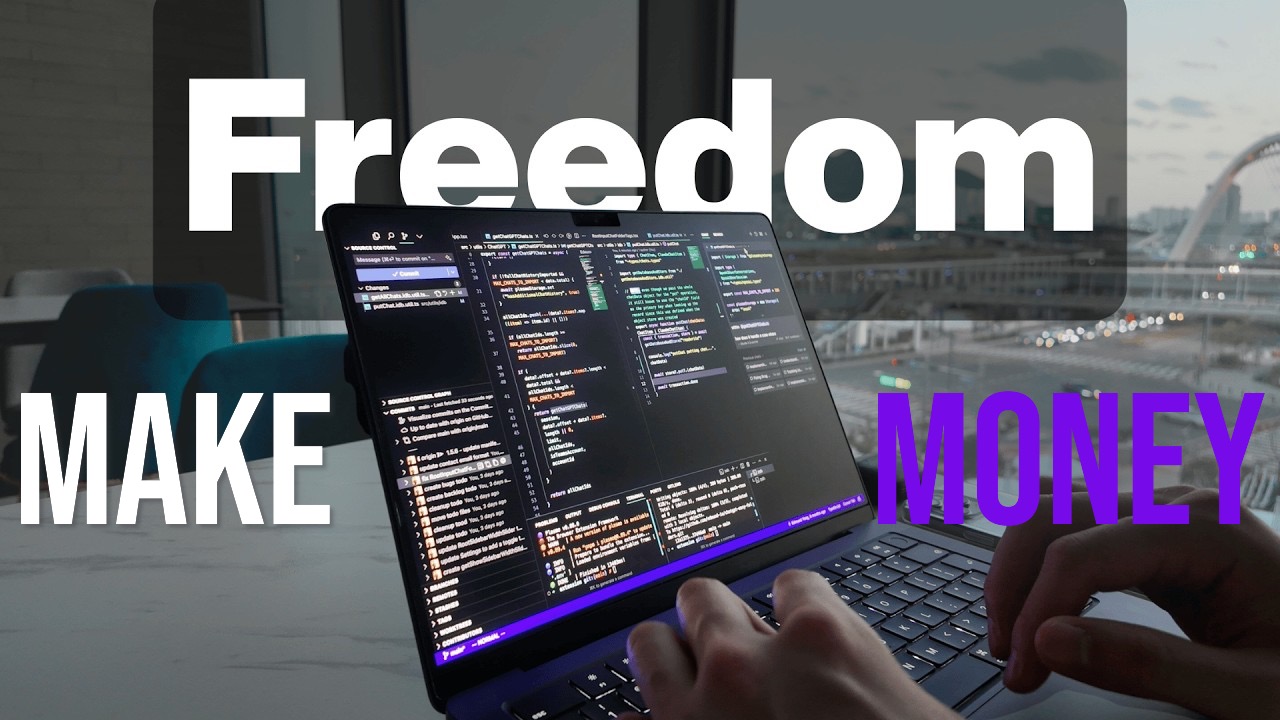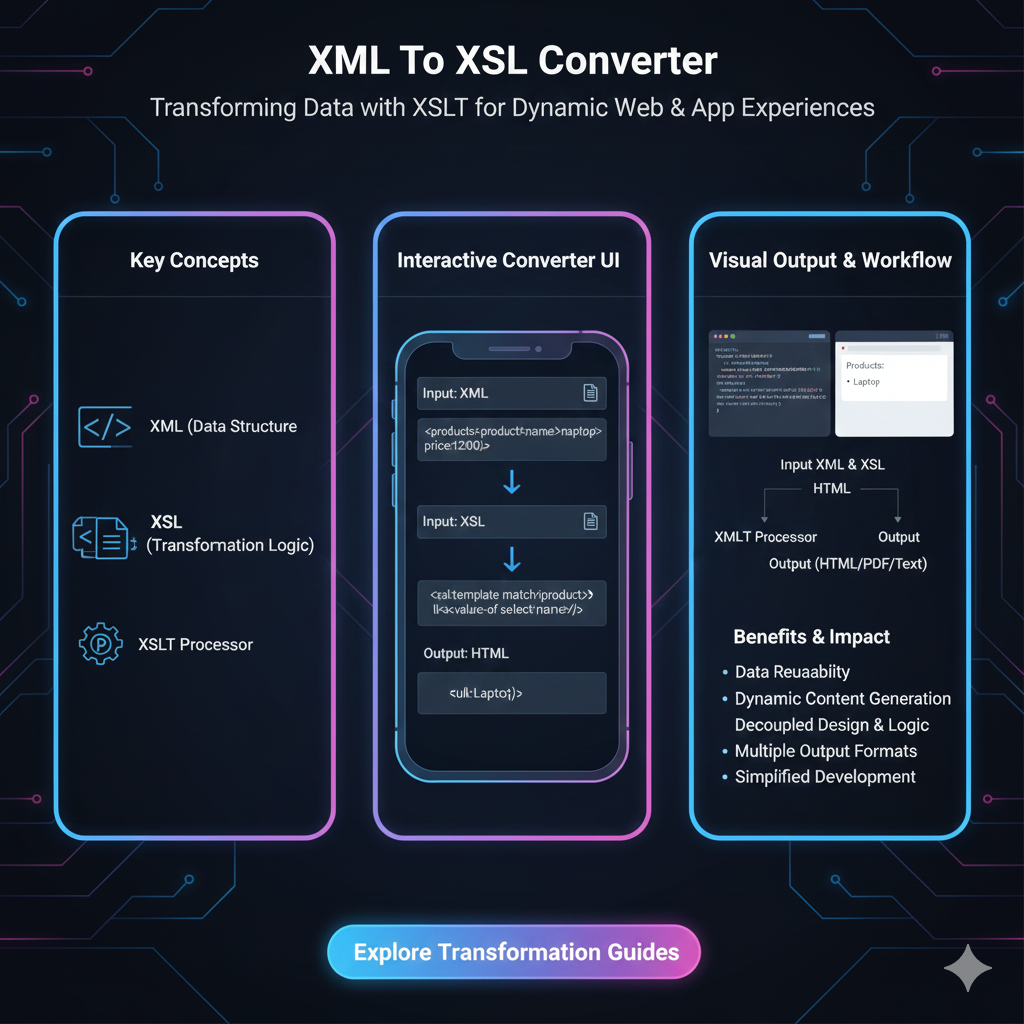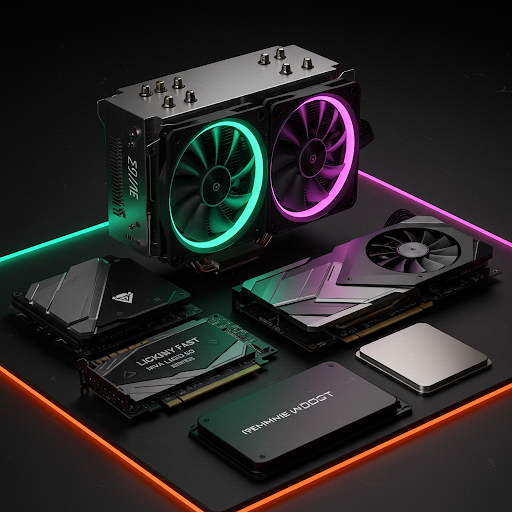Intel's Divisions in Spotlight as TSMC, Broadcom Circle

Intel faces strategic shifts as TSMC and Broadcom show interest in key divisions. Explore how the semiconductor giant is navigating competition and restructuring its business.

Introduction
Intel, one of the leading semiconductor manufacturers, finds itself in the middle of strategic shifts as industry giants TSMC and Broadcom reportedly express interest in its key divisions. As competition intensifies and the global semiconductor landscape evolves, Intel is exploring restructuring options that could reshape its market position.
Intel's Business Strategy Under Review
Intel has been doubling down on its IDM (Integrated Device Manufacturer) 2.0 strategy, aiming to bolster its foundry services while maintaining leadership in processor development. However, with rivals like TSMC and Broadcom expanding their influence, Intel may need to reconsider its approach. Reports suggest that certain Intel divisions, including its networking and data center business, have caught the attention of these tech giants.
TSMC’s Interest: A Strategic Play
Taiwan Semiconductor Manufacturing Company (TSMC), the world's largest contract chipmaker, has been making aggressive moves to solidify its dominance. If TSMC were to acquire or collaborate with parts of Intel’s business, it could further strengthen its position in the foundry space while diversifying beyond its traditional model of serving fabless semiconductor firms.
Broadcom’s Expanding Footprint
Broadcom, known for its networking and infrastructure solutions, has been on an acquisition spree, with high-profile deals such as VMware under its belt. With Intel's data center and networking divisions potentially on the table, Broadcom sees an opportunity to expand its enterprise-focused solutions and enhance its competitive edge.
The Implications for the Semiconductor Industry
If Intel were to sell or restructure some of its divisions, the industry could witness a significant shift in market dynamics:
Increased Consolidation: A deal with TSMC or Broadcom could lead to increased consolidation in the semiconductor sector, further centralizing key technologies.
Competitive Pressure on AMD and NVIDIA: With TSMC and Broadcom strengthening their positions, competitors like AMD and NVIDIA may need to reassess their strategies.
Intel’s Future Focus: A restructuring could allow Intel to focus more on its core CPU business and foundry services, streamlining operations for long-term sustainability.
Conclusion
As TSMC and Broadcom reportedly explore Intel’s business units, the semiconductor industry is on the brink of another potential shake-up. While Intel navigates these challenges, the outcome of any restructuring efforts will play a crucial role in defining its future trajectory. Investors and industry stakeholders will be closely monitoring developments as the competition in the semiconductor space heats up.
Stay tuned for further updates on Intel’s strategic decisions and their broader impact on the tech industry.








